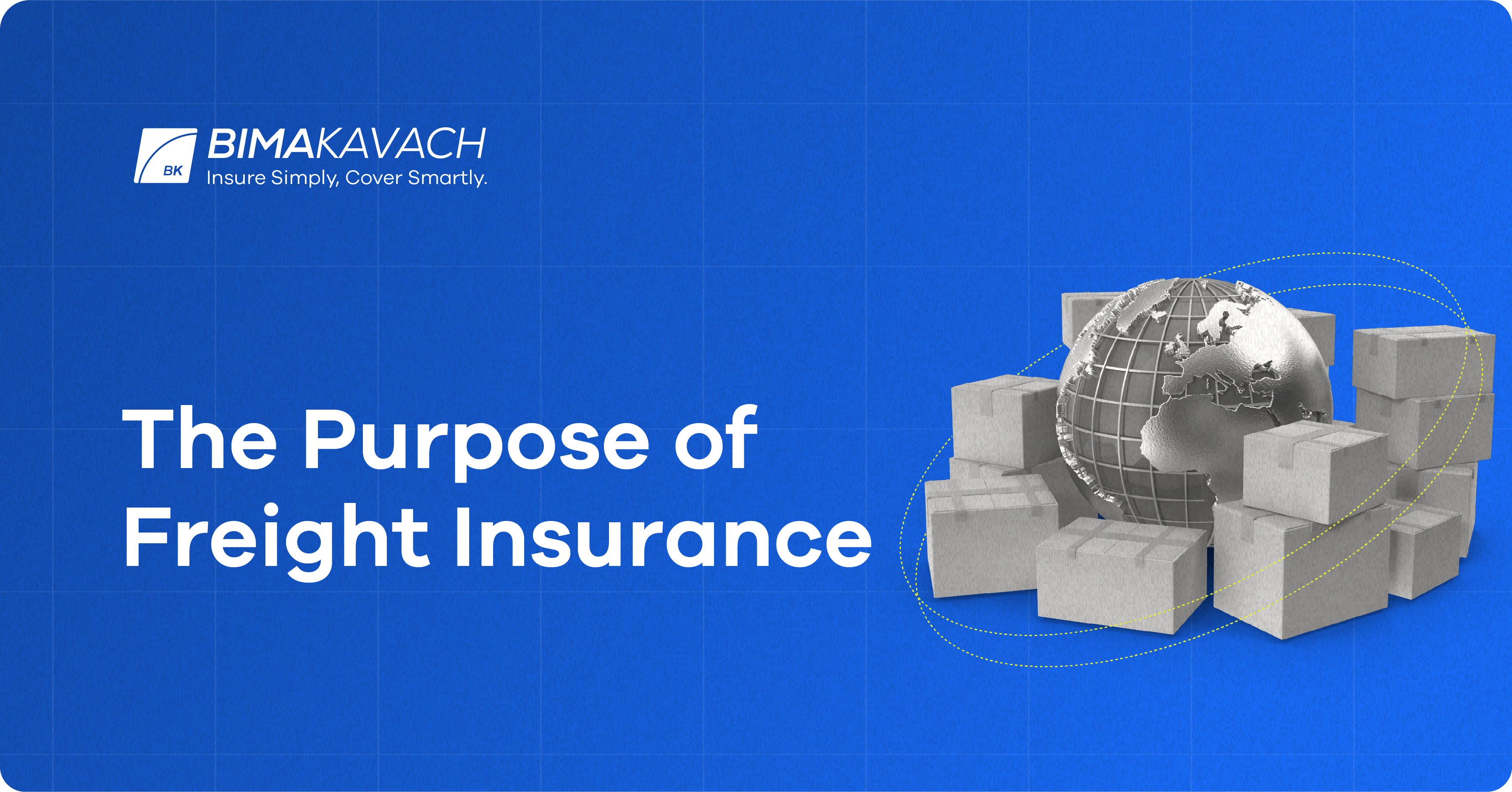The Best Guide To Pacific Prime
The Best Guide To Pacific Prime
Blog Article
Pacific Prime Fundamentals Explained
Table of ContentsPacific Prime Can Be Fun For AnyoneIndicators on Pacific Prime You Need To KnowWhat Does Pacific Prime Do?Pacific Prime Fundamentals ExplainedThe Single Strategy To Use For Pacific Prime

This is since the data were gathered for a period of solid financial efficiency. Of the approximated 42 million individuals that were uninsured, all but about 420,000 (about 1 percent) were under 65 years of age, the age at which most Americans come to be eligible for Medicare; 32 million were grownups between ages 18 and 65, around 19 percent of all adults in this age team; and 10 million were kids under 18 years of age, about 13.9 percent of all kids (Mills, 2000).
These price quotes of the number of persons uninsured are generated from the annual March Supplement to the Current Population Survey (CPS), performed by the Demographics Bureau. Unless or else noted, nationwide estimates of individuals without health insurance coverage and proportions of the population with various type of coverage are based on the CPS, the most commonly utilized resource of estimates of insurance policy coverage and uninsurance prices.
Get This Report on Pacific Prime

Still, the CPS is specifically useful due to the fact that it generates annual estimates reasonably quickly, reporting the previous year's insurance policy protection approximates each September, and due to the fact that it is the basis for a regular set of quotes for more than 20 years, permitting evaluation of trends in insurance coverage in time. For these factors, along with the comprehensive use the CPS in other studies of insurance policy coverage that are provided in this record, we rely on CPS price quotes, with restrictions kept in mind.

The price quote of the number of without insurance individuals increases when a populace's insurance policy standing is tracked for a number of years. Over a three-year duration beginning early in 1993, 72 million individuals, 29 percent of the U.S. https://www.blogtalkradio.com/pacificpr1me. populace, were without protection for at least one month. Within a single year (1994 ), 53 million individuals experienced at least a month without coverage (Bennefield, 1998a)
Six out of every ten without insurance adults are themselves employed. Functioning does enhance the probability that one and one's family members will have insurance, it is not a guarantee. Also participants of family members with two permanent wage income earners have virtually a one-in-ten possibility of being uninsured (9.1 percent without insurance rate) (Hoffman and Pohl, 2000).
Facts About Pacific Prime Revealed
New immigrants account for a significant proportion of people without wellness insurance coverage. One evaluation has actually associated a substantial part of the current growth in the size of the united state uninsured population to immigrants that showed up in the country in between 1994 and 1998 (Camarota and Edwards, 2000). Current immigrants (those that involved the United States within the past 4 years) do have a high rate of being uninsured (46 percent), but they and their youngsters account for just 6 percent of those without insurance coverage across the country (Holahan et al., 2001).
The partnership between health insurance coverage and access to care is well developed, as documented later on in this chapter. Although the partnership between medical insurance and health and wellness outcomes is neither straight nor easy, an extensive medical and health and wellness services study literature web links medical insurance protection to enhanced access to care, far better top quality, recommended you read and enhanced personal and population health condition.
Degrees of evaluation for examining the effects of uninsurance. This conversation of wellness insurance policy coverage focuses mainly on the united state populace under age 65 because virtually all Americans 65 and older have Medicare or other public protection. Furthermore, it concentrates especially on those without any health insurance coverage for any kind of size of time.
Some Known Factual Statements About Pacific Prime
The problems encountered by the underinsured remain in some respects similar to those encountered by the uninsured, although they are usually much less extreme. group insurance plans. Uninsurance and underinsurance, nevertheless, include clearly various plan issues, and the techniques for resolving them may vary. Throughout this research and the five reports to follow, the primary focus is on individuals without medical insurance and hence no support in paying for wellness care past what is readily available via charity and safeguard institutions
Health and wellness insurance coverage is an effective aspect impacting invoice of treatment due to the fact that both people and doctors react to the out-of-pocket rate of services - https://dzone.com/users/5122954/pacificpr1me.html. Health insurance, nonetheless, is neither needed nor enough to obtain access to medical services. The independent and direct impact of health and wellness insurance coverage on access to health services is well developed.
Others will obtain the healthcare they need even without medical insurance, by paying for it out of pocket or seeking it from suppliers that provide treatment totally free or at very subsidized rates. For still others, medical insurance alone does not guarantee invoice of care as a result of other nonfinancial barriers, such as an absence of healthcare service providers in their community, restricted access to transport, illiteracy, or linguistic and cultural differences.
The 3-Minute Rule for Pacific Prime
Formal study about without insurance populaces in the United States dates to the late 1920s and early 1930s when the Board on the Cost of Healthcare generated a series of reports about funding medical professional office check outs and hospitalizations. This problem became significant as the numbers of medically indigent climbed up throughout the Great Depression.
Report this page